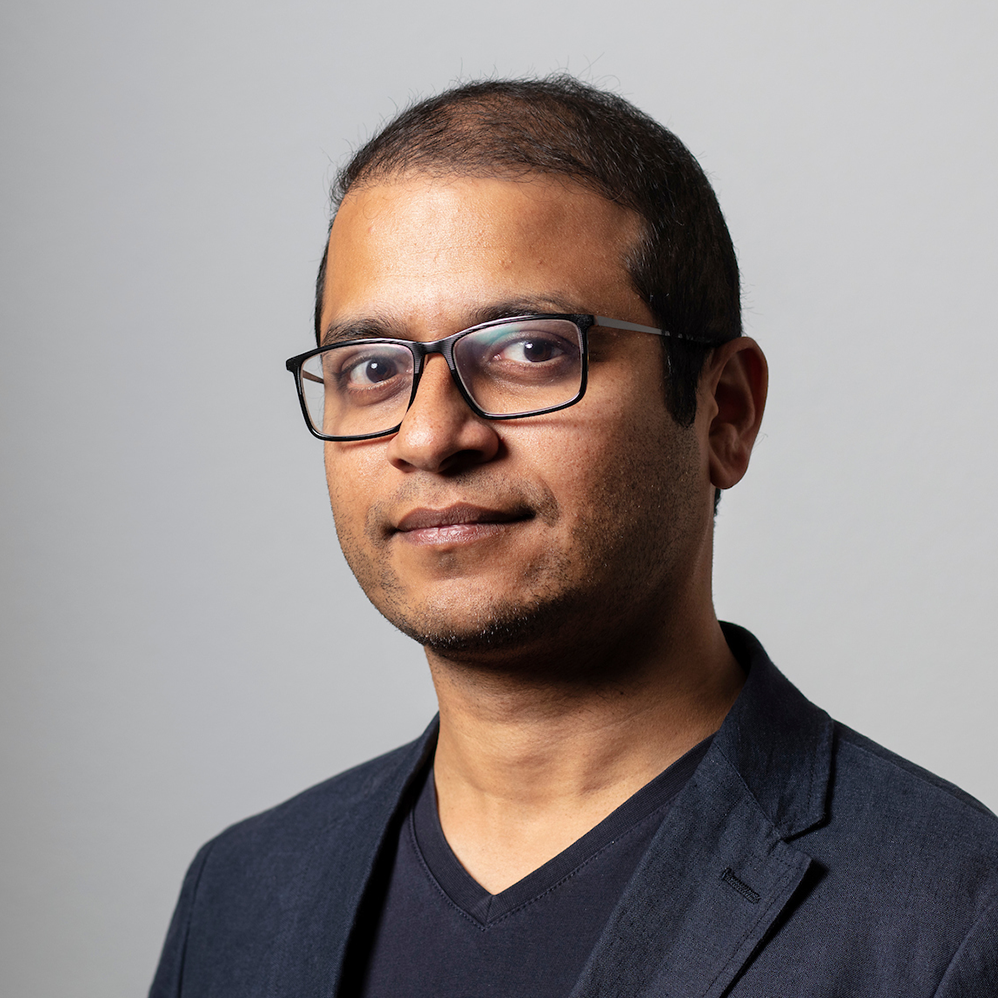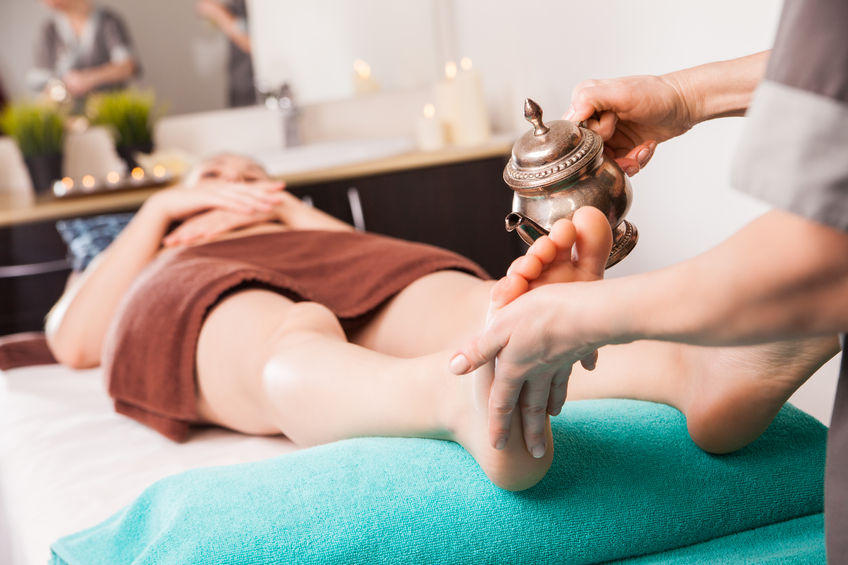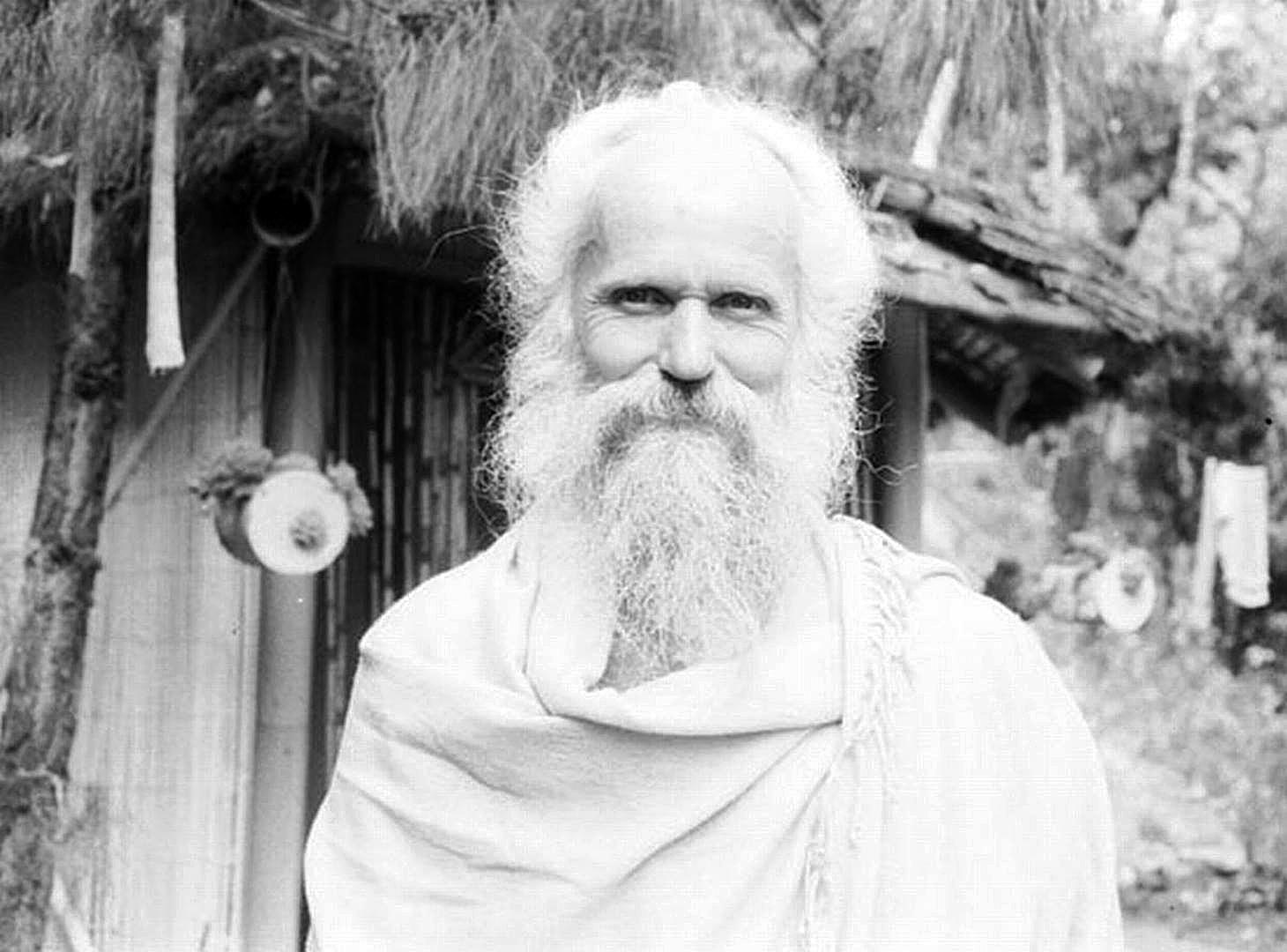Can a Swiss diploma help yoga showcase its healing potential?

Downward-facing dog can do wonders for your well-being but there is more to yoga than just poses. Switzerland has recognised yoga therapy as a complementary medicine discipline by offering a federal diploma for therapists.
For all practical purposes, a converted textile mill in the town of Wald near Zurich is the ideal space for a yoga studio. Plenty of natural light from the big windows, lots of floor space and a pleasant echo that conveys instructions to the end of the room. It is where 56-year-old Susan Kieser conducts her yoga therapy sessions.
These sessions involve identifying the cause of physical or psychological problems by putting patients through a series of yoga postures and preparing a programme that include a set of exercises or breathing techniques or both. Most of Kieser’s clients come with complaints of back or neck pain. She also treats those who suffer from anxiety, stress, depression or fatigue, as well as students who want to focus on exams.
“Yoga is about calming the mind and not training the body. We have harnessed this mind training technique into a therapy form,” says Kieser.
Kieser is one of the few practitioners that possesses a federal diploma in yoga therapy. Introduced in 2015, the diploma was the government’s response to a significant demand in Switzerland for complementary therapies. A surveyExternal link of over 18,000 adults in 2012 revealed that almost a quarter had used at least one complementary medicine method in that last 12 months. However, the sector is not regulated and anybody can set up a practice without a means for clients to verify their credentials.
“In five or ten years this will not be the case because health insurers and hospitals will make the diploma a mandatory requirement. The government has invested so much money into developing the curricula that they are bound to push for it,” says Kieser.
To be eligible for sitting for the exams for the federal diploma, students should have completed a four-year course in yoga therapy and have practiced for two years. The exams are conducted by the Organisation of Swiss Alternative Medicine ProfessionalsExternal link and involve a series of four separate tests: candidates have to write a case study on a patient they have treated for six months, take an oral exam on the same, diagnose the ailment from a theoretical case study, and finally examine a real patient under the supervision of the examiners.
There is incentive for professionals to acquire the diploma. Currently, some health insurers reimburse a part of the yoga therapy fees for clients who have opted for supplementary coverage as part of their health insurance. A therapist with a diploma is more likely to reassure health insurers, according to Ottilia Scherer, president of the Swiss Yoga Association.
“It is more a question of quality and not about getting insurers to reimburse patients. It is a big step as it brings professionalism into the sector beyond just a yoga teacher,” she says.
However, not everyone is convinced that the federal diploma will benefit all professionals.
“It is a regulatory measure to put yoga therapy into a standard format. It will not teach me anything,” says Bern-based yoga therapist Suresh Kumar.
However, Kumar acknowledges that he will consider acquiring the diploma if health insurers insist in on it.
Despite the slow progress, Kieser is confident that the diplomas will gain in popularity if even if few patients have heard about it.
“Many people who come to learn yoga therapy from me are young and already have another job. For them such a federal diploma is very attractive as it is proof they are competent enough to practice,” she says.
Switzerland offers two types of complementary medicine diplomas. The advanced one is that of a naturopath where diploma holders can diagnose ailments and prescribe treatments such as herbal preparations. Naturopath diplomas recognised by the government include Ayurveda, homeopathy, traditional Chinese medicine and traditional European medicine.
The second diploma is that of a complementary therapist. They provide specialised treatments like oil massages to healthy people or those with small complaints but are not allowed to diagnose a disease. Complementary therapist diplomas recognised by the government include yoga, shiatsu, craniosacral therapy and eutony.
Exams for both diplomas are held twice a year at an educational campus in Sursee in canton Lucerne and conducted in three Swiss national languages: French, Italian and German.

In compliance with the JTI standards
More: SWI swissinfo.ch certified by the Journalism Trust Initiative













You can find an overview of ongoing debates with our journalists here . Please join us!
If you want to start a conversation about a topic raised in this article or want to report factual errors, email us at english@swissinfo.ch.